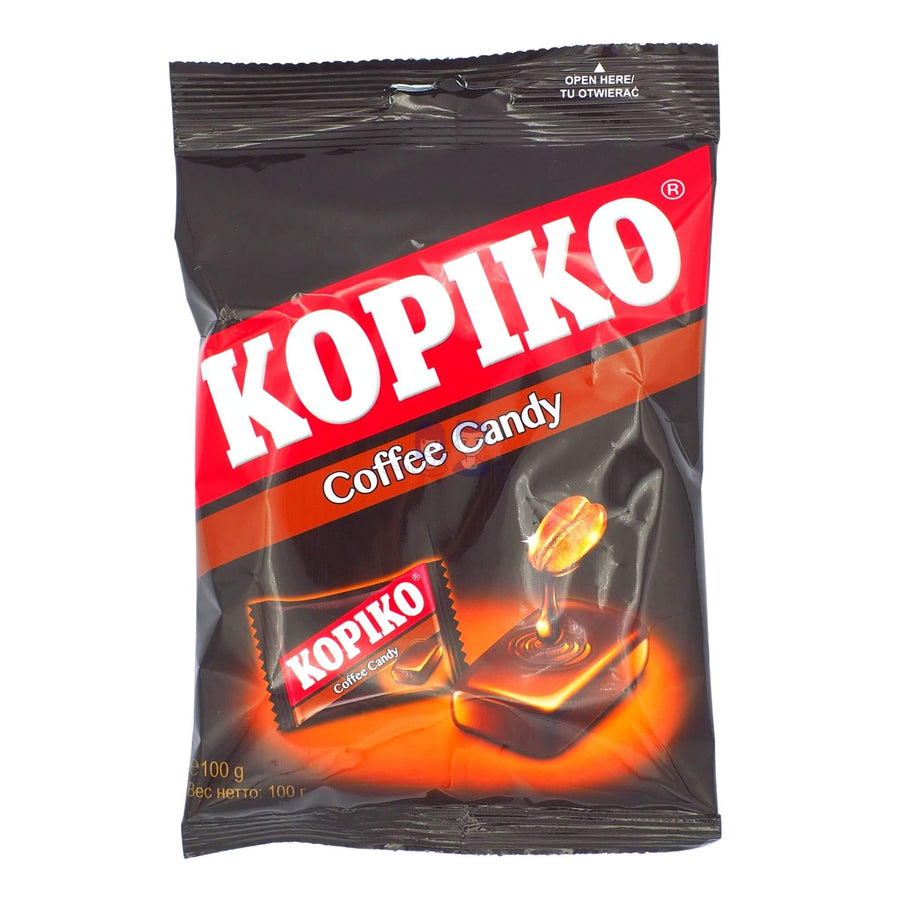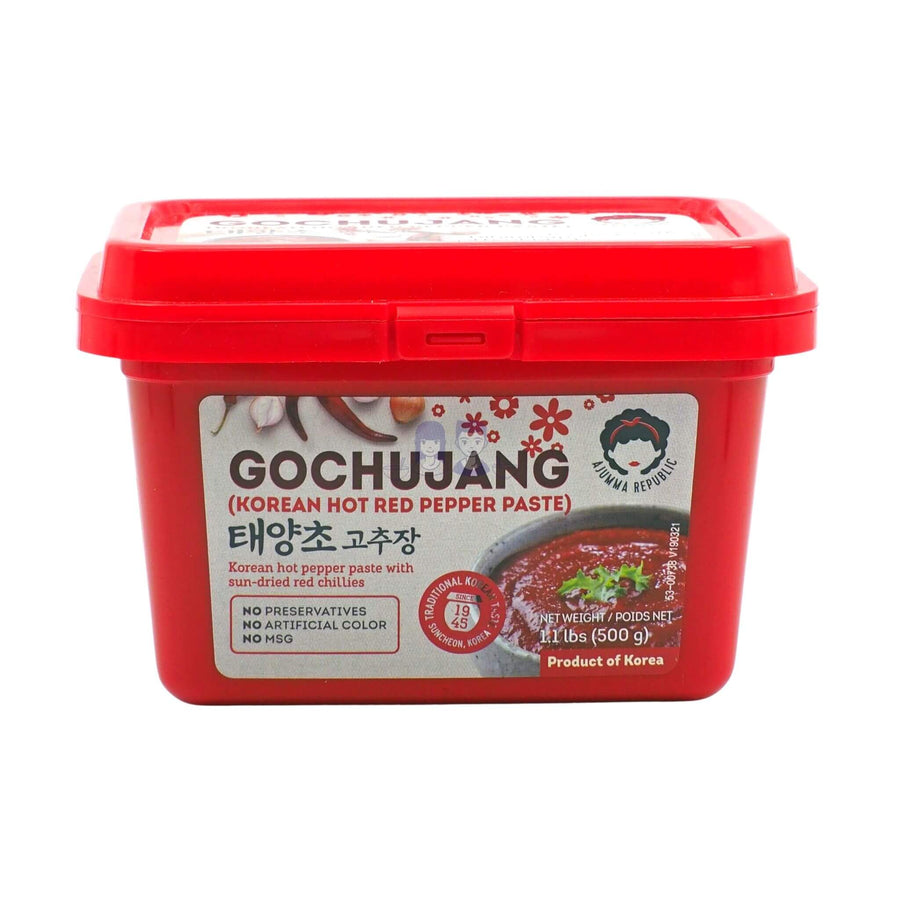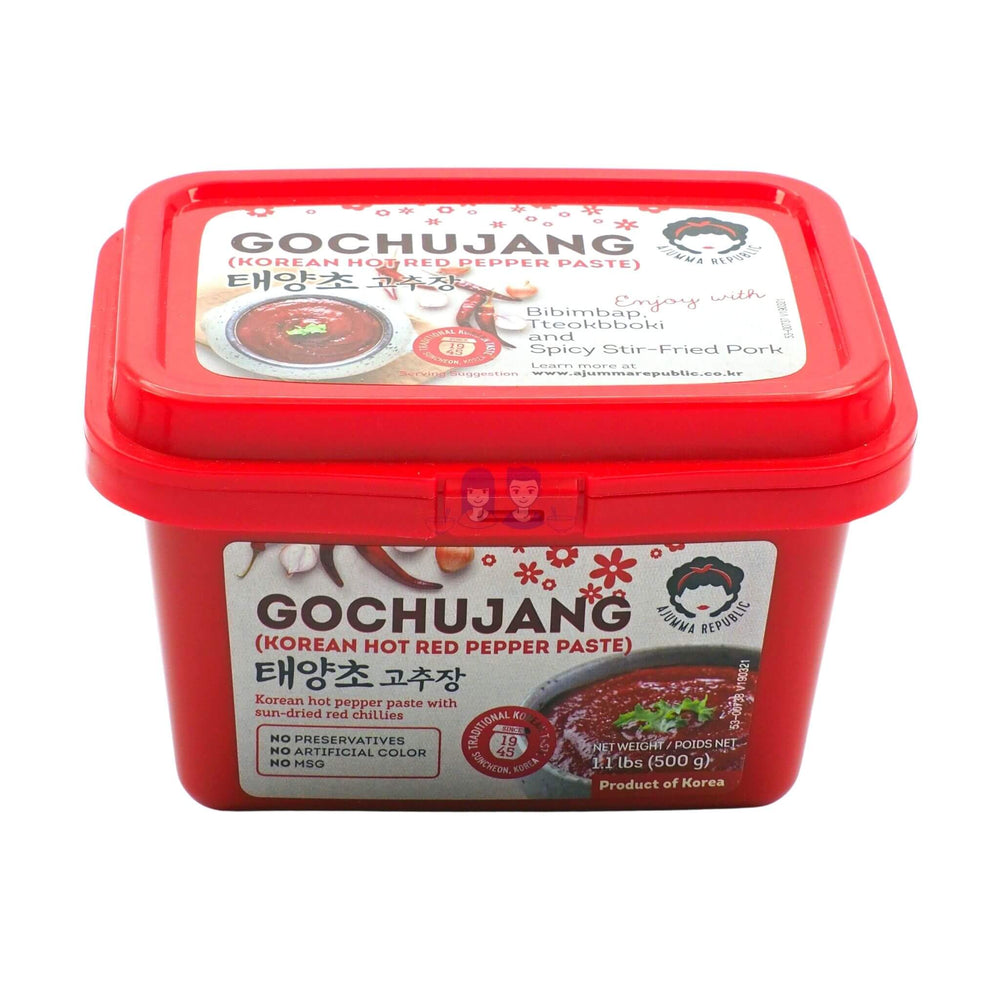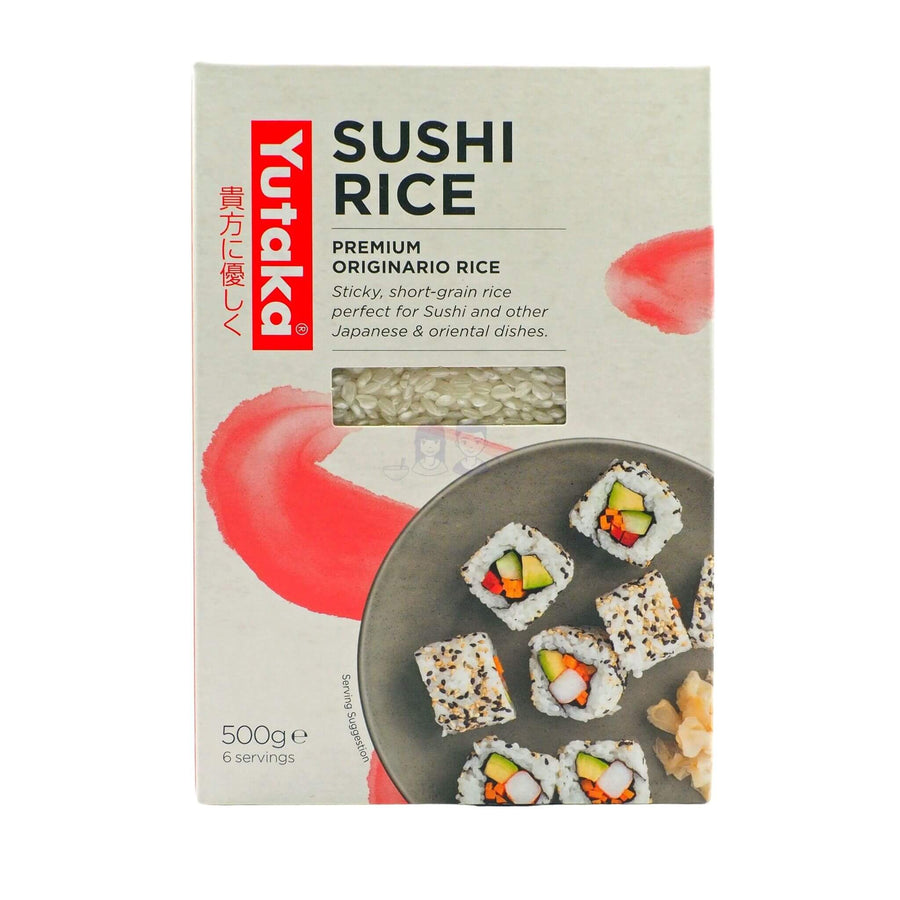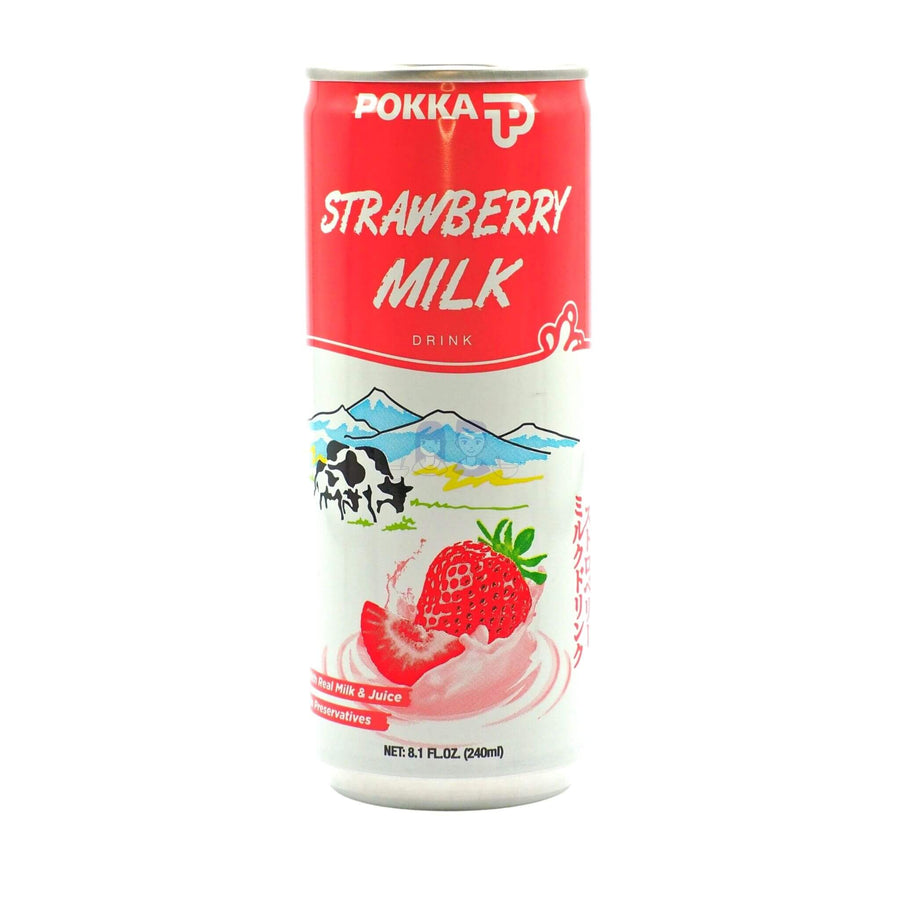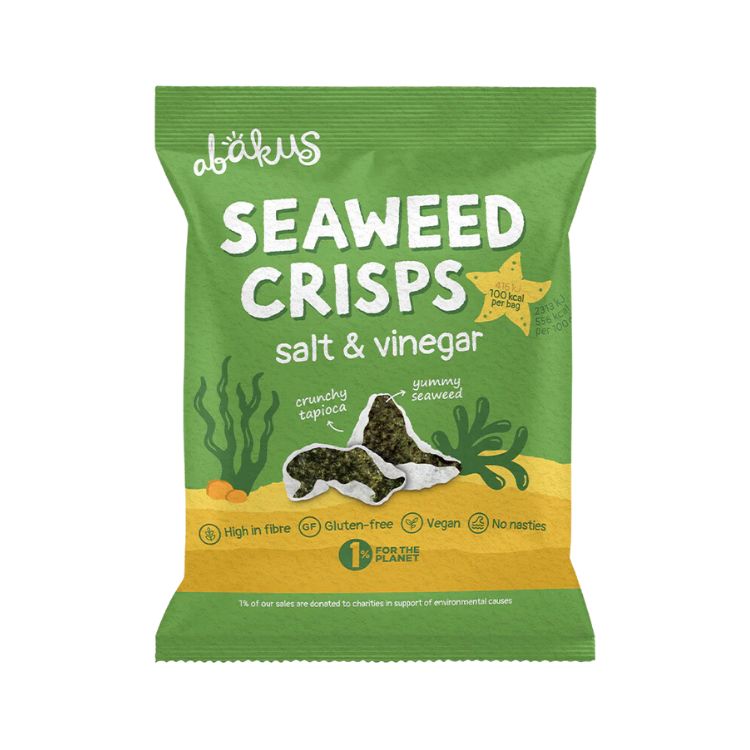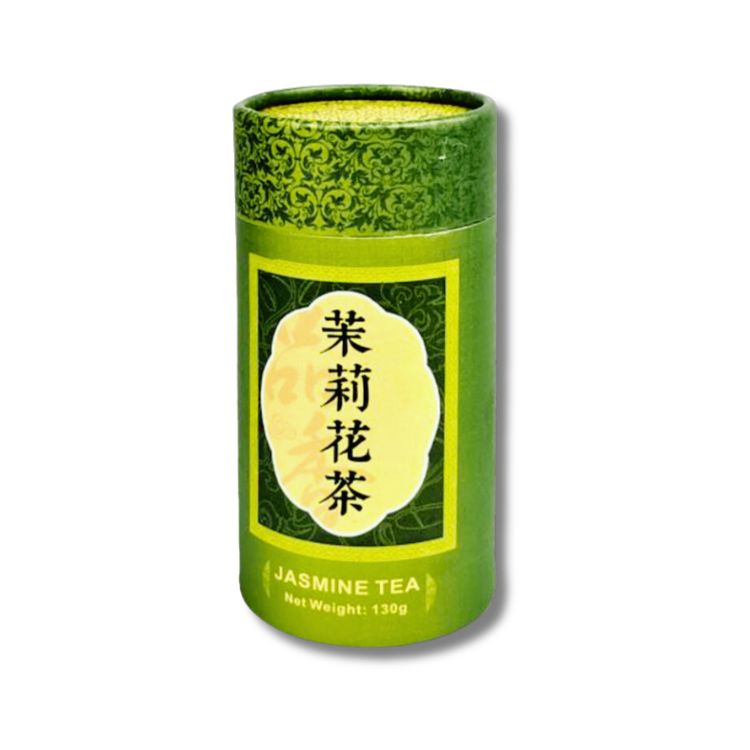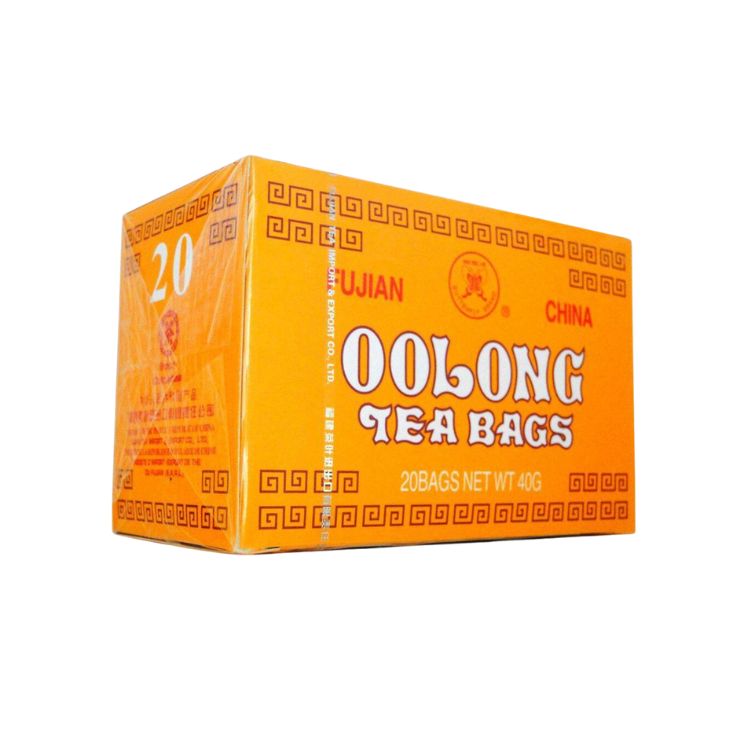What Is Chinese Tea? Types, Styles, and Benefits!
Did you know the practice of drinking tea originated thousands of years ago in Ancient China? At Morueats, we love how a humble cup of tea can connect cultures and spark intrigue about Asian flavours.
There are several types of Chinese tea, each with distinct characteristics and flavour profiles shaped by unique processing techniques.
Today, we'll explore what is Chinese tea, including its story and rich history. We'll then discover the main types of Chinese tea out there, including everything from the rich, full-bodied black tea to the lighter green tea.
→ Shop now: Our handpicked range of Chinese Teas
What Is Chinese Tea?
Chinese tea is a traditional Asian drink brewed from the leaves of the evergreen Camellia Sinensis plant. The name captures its origins well as "Sinesis" means "From China" in Latin.
As a key part of Chinese culture, tea drinking has a rich history and tradition. According to legend, Chinese tea was first discovered 5,000 years ago by the Chinese Emperor Shen Nong when a leaf fell into boiling water in front of him.
Brief History of Chinese Tea
From its legendary discovery by Emperor Shen Nong, tea quickly became woven into daily life across China. By the Tang Dynasty (618 – 907 CE), tea cultivation had spread along the Silk Road, turning leaves into a prized commodity. During the Song Dynasty, elaborate tea-whisking rituals flourished, laying the groundwork for later tea ceremonies. Innovations in the Ming and Qing eras refined processing techniques—roasting, pan-firing, and controlled oxidation—that still determine whether a leaf becomes green, oolong, or black tea today. This centuries-long evolution explains why the flavour in your modern teacup is both timeless and endlessly varied.
Main Types of Chinese Tea
There are several distinct types of Chinese tea. These are all processed from Chinese tea leaves (Camellia Sinensis) in different ways. The 6 most common Chinese tea varieties are:
- Black Tea
- Green Tea
- Oolong Tea
- White Tea
- Yellow Tea
- Dark (Pu-erh) Tea
There are other types of Chinese teas that don't rely solely on Chinese tea leaves, such as Chinese scented teas and Chinese herbal teas.

How Chinese Tea Is Produced
While flavour starts with the Camellia sinensis leaf, processing decides whether that leaf becomes a fresh green or an aged dark tea. The general pathway is:
- Picking – tender buds or mature leaves are hand-plucked.
- Withering – leaves wilt to reduce moisture and develop aroma.
- Fixation / Kill-green – heat (pan-firing or steaming) halts oxidation for green and yellow teas.
- Rolling – leaves are rolled or twisted to shape and release essential oils.
- Oxidation – exposure to air darkens the leaf for oolong and black teas.
- Drying – careful roasting or sun-drying locks in flavour.
- Aging or Fermentation (optional) – microbial action transforms dark Pu-erh teas over months or years.
Understanding these steps helps tea lovers choose a style that suits their palate and brewing habits.
#1 Chinese Black Tea
Black Chinese tea is made from leaves that have been allowed to fully oxidise, giving it a dark colour, malty flavour, and rich aroma. Chinese black tea is often lighter and milder than other varieties of black tea and is often enjoyed without milk or sugar. While this may be confusing, black tea is also known as red tea in China, as its infusion produces a lovely, red hue.
This traditional Chinese tea comes in hundreds of varieties. Some of the most popular types of Chinese Black Tea include Keemun and Lapsang Souchong.

Moving from the robust characteristics of black tea, let’s delve into the freshness of green tea.
#2 Chinese Green Tea
Green tea has been enjoyed in China for thousands of years and is typically light green in colour with fresh, herby notes. Green tea goes through minimal processing. When its leaves are harvested, they undergo a pan-frying process known as "kill-green". This process halts oxidation and preserves its light, floral flavour.
Green tea from China tastes great when paired with light stir-fries, pastries, and fruits. We personally love to enjoy a cup of green tea during the morning or after lunch.
Famous Chinese green tea varieties include Huangshan Maofeng, Biluochun, and Longjing Tea.
If you are interested in learning more about Japanese tea, including Japanese green tea, then you may enjoy this page.

Now, journeying between the worlds of green and black teas, we encounter Oolong.
#3 Oolong Tea
Oolong is a partially oxidised Chinese tea that sits on a spectrum between green and black tea. When its leaves are more oxidised, Oolong leans closer towards black tea, and when it is less oxidised, Oolong’s flavour profile is more like green tea.
A unique characteristic that sets Oolong apart is its shape. Oolong is rolled, twisted, and curled into tight balls or thin strands, which can alter its final appearance, aroma and flavour.
Oolong tea is a personal favourite of ours, and we love drinking it alongside dim sum or other Chinese meals as it aids digestion. Popular oolong varieties are Tie Guan Yin (Iron Goddess of Mercy) and Dong Ding Oolong.

From the complexity of oolong, we transition to the delicate nature of white tea.
#4 White Tea
White tea is harvested in spring when the leaves are still young and the buds are covered with tender white hairs, thus giving it its name ‘white tea’. Minimally processed and oxidised, this popular Chinese tea is light gold in colour with a subtle, delicate flavour.
Due to its light and fresh nature, white tea doesn’t go well with strong flavours and is best paired with seafood or salads. Famous white teas include Silver Needle and White Peony.

While white tea captivates with its subtlety, yellow tea surprises as a hidden treasure in the world of Chinese teas.
#5 Yellow Tea
Yellow tea is the hidden gem of Chinese teas, rare and once served only to rulers and aristocrats. It is similar to green tea but with a notable twist in its production. Before the leaves are completely dried, they are encased and steamed, which allows them to ferment and dry at a slower rate. This "yellowing" of the leaves tames the grassy taste associated with green tea. The result is a mellower flavour profile with a smooth, luxurious texture.
Prominent yellow teas include Jun Shan Yin Zhen and Huo Shan Huang Ya.

Next, we plunge into the depths of dark tea, revealing its ancient origins and rich flavours.
#6 Dark Tea
Dark tea is often referred to as China's authentic black tea. The leaves of this Chinese tea go through a secondary fermentation process using microbes and are aged for anywhere from a few months to a few years. Dark tea has a sweet and woodsy taste and is great as an all-day drinking tea.
The most famous dark tea, Puerh, is made specifically from leaves that grow in the Yunnan region. Puerh tea is sometimes referred to as Chinese slimming tea. Some people believe it has health benefits, and it is frequently used by people wishing to lose weight or improve their cholesterol.

From the profound essence of dark teas, we now explore the aromatic enchantment of scented teas.
Diverging a bit from traditional tea leaves, let’s immerse ourselves in the herbal blends that have graced Chinese traditions.
#7 Chinese Herbal Tea
Chinese herbal tea is made from an infusion of fresh or dried flowers, fruit, leaves, or seeds. It differs from other Chinese teas in the sense that it does not contain tea leaves but is brewed from other plant materials.
As it is typically decaffeinated, herbal tea makes for a great nighttime beverage. Well-known Chinese herbal teas include wolfberry tea and chrysanthemum tea.

Styles of Chinese Tea
Aside from the classic method of brewing a cup of tea, Chinese tea can also be served in a few other different styles. These include blooming tea, scented teas, ground tea, kombucha, and even bubble tea.
#1 Chinese Blooming Tea
Blooming tea is made when tea leaves and flowers are hand-tied together in a bulb and dried. When steeped in water, the leaves unfurl and blossom into a beautiful visual of a blooming flower.

#2 Chinese Scented Tea
Scented tea is made by combining tea leaves with scented flowers. The tea has to be scented several times for about 2-3 weeks, as the tea leaves work to slowly absorb the aroma and flavour of its surroundings. Scented tea often has sweet notes and a floral fragrance.
Popular scented teas include jasmine tea and osmanthus tea.

#3 Chinese Ground Tea
Ground tea is made by pounding tea leaves with various roasted nuts, seeds, and grains. Ground tea soup forms an integral part of Hakka cuisine and is served by pouring over rice.

#4 Kombucha
Kombucha is fermented and sweetened with a green or black tea base and is traditionally prized for its healing properties. While kombucha might be all the rage in the modern health world, its origins date back thousands of years to China.

#5 Bubble Tea
Bubble tea most commonly consists of milky tea to which chewy tapioca balls and flavourings are added.

How To Make Chinese Tea (The Easy Way)
Standard Chinese tea can be straightforward to make and enjoy. Here's a quick step-by-step guide:
- Select your preferred type of Chinese tea, such as Oolong, Green, Black, or Puerh.
- Boil water and allow it to cool to the appropriate temperature for your tea type (usually around 80-90°C for most varieties).
- Add the tea leaves to a teapot or a cup.
- Pour enough hot water to cover the tea leaves, and immediately rinse out the water.
- Pour hot water into a filled pot or cup and let it steep for 30 seconds to a few minutes, depending on the strength you prefer.
- Finally, strain the tea into a cup and enjoy its authentic taste.
- Repeat steps 5 and 6 by reusing the tea leaves 3-5 times, depending on your taste preference (optional)
Benefits of Chinese Tea
There are many health benefits attributed to drinking Chinese tea. Some originate from traditional wisdom, and others are backed by science.
For example, Penn Medicine shares that oolong tea is high in polyphenols, which are linked to lowering inflammation in your body.
Oolong also contains l-theanine. Some believe this can help prevent cognitive diseases such as Parkinson's and Alzheimer's.
Green tea is also known for promoting heart health by lowering blood pressure and cholesterol.
Some believe that white tea can reduce the risk of cancer due to its high antioxidant levels.
In some circles, Chinese tea is used as a slimming tea and there are some studies showing a connection between drinking tea and reducing fat.
Final Word
So, which do you think is the best Chinese tea? With so many varieties and flavours to choose from, not to mention its many benefits, it may be hard to settle on just one. So put on the kettle and enjoy a warm cup of one of the most comforting and popular Asian drinks!
→ Shop now: Our handpicked range of Chinese Teas
FAQs About Chinese Tea
Q1: Does Chinese tea contain caffeine?
Yes. Caffeine levels vary—white and green teas are typically lower, while black and Pu-erh teas are higher.
Q2: How should I store loose-leaf tea?
Keep it in an airtight container away from light, heat, and moisture to preserve aroma and freshness.
Q3: What is the best water temperature for brewing?
Around 80 °C for green and yellow teas, 90 °C for oolong, and near-boiling for black or Pu-erh teas.


